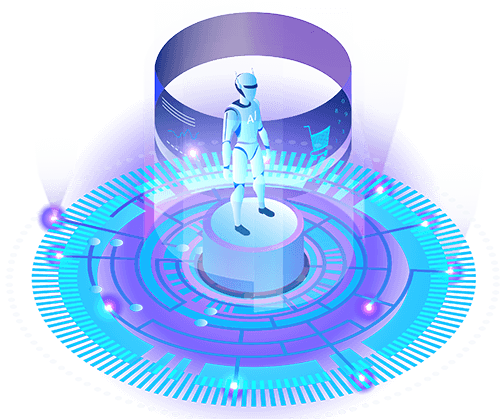Introduction
A calibration is needed for every vessel and every operating condition. During a calibration many variables are saved, such as the Ambient temperature, Heat capacity and how the vessel ‘reacts’ to the calorimeter surroundings. The calibration data are compared to the data of a sample run and the result is calculated.
The process is a little like ‘magic’. It is mathematical and has some Artificial Intelligence (AI) to it.
The AI process manages the calibration pool. The CAL3K requires more than (‘MIN CALIBRATION, default=4) calibrations to start the AI process. When 16 calibrations are stored then bad or oldest calibrations are replaced with the latest one.
15 calibrations can be stored per vessel.

The laboratory conditions influence the results. Very small, but it is there. The calibrations should reduce these conditional influences to zero.
Practical Calibration: New Instrument
Each calorimeter is calibrated in the factory before delivery. This can be checked with:
| 106 | READ BOMB CALI |
We recommend to use this calibration for the first week. Just run samples. The instrument has many ‘idiosyncrasies’ to cope with and you don’t want to add bad calibrations to the stored ones.
Run samples. Learn how to prepare a vessel, how to retrieve results, how to print results and how to enter the sample Identification and Sample Mass.
Practical Calibration: Routine Operation
The factory calibrations are valid for most Laboratory installations. Use it. If you notice that the first sample of the day is slightly high (or low) then perform a calibration as the first operation of the day. The CAL3K will ‘catalogue’ the calibration and if it is unique will save it.
Outmost care must be taken during a calibration because it acts as a guide to all further samples.
If a calibration (conditions) is not unique then it will replace the older one. The CAL3K can store 15 calibrations. If a new unique calibration is performed with 15 already stored, then a calibration with the lowest grade is replaced.
All the handling of calibrations is automatic. Some instruments display briefly the outcome of the AI process. It can be ignored.
A routine calibration should be performed once a week or month or whenever operating parameters or conditions have changed.
The bad news: If calibrations were performed with a faulty condition (Leaking vessel, Balance offset, Temperature sensor fault, etc.) then things get difficult for the AI process. It has multiple faulty calibrations, which compared to each other are good, but are bad in absolute terms. It will not reject them. The only possible way out of this is to delete ALL calibrations for this vessel. After this drastic step 4 calibration must be performed before the AI process starts again.
Summary
If a calibration has a small error in one direction and the sample has a small error in the different direction then both errors add up. The AI process eliminates the small calibration error but the sample error remains. The AI process also compensates for the operating conditions. The price for this is 4 calibrations to start with.

